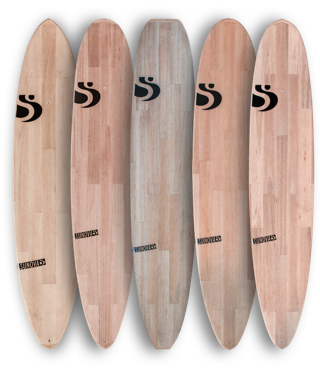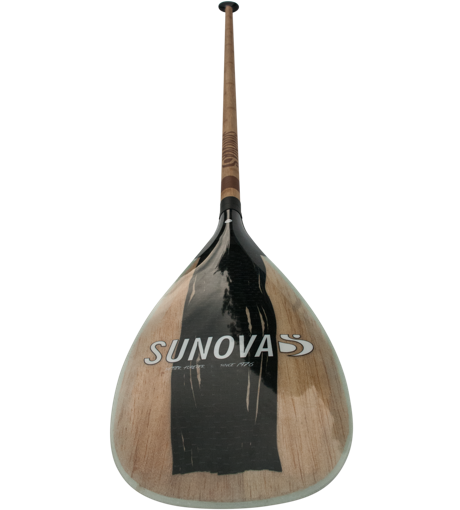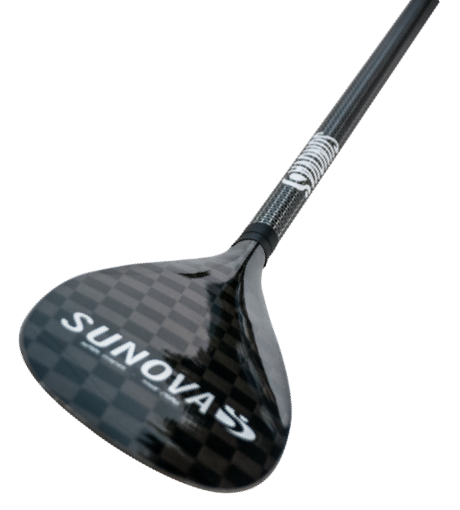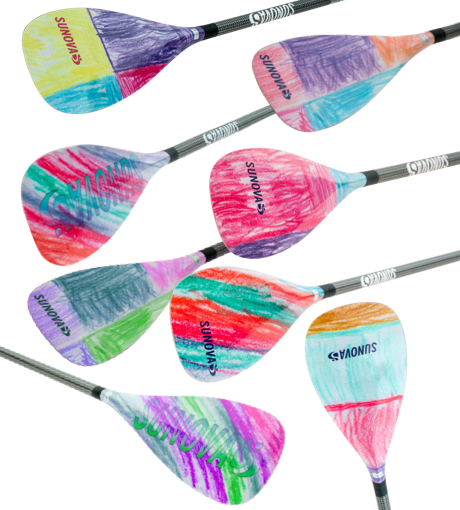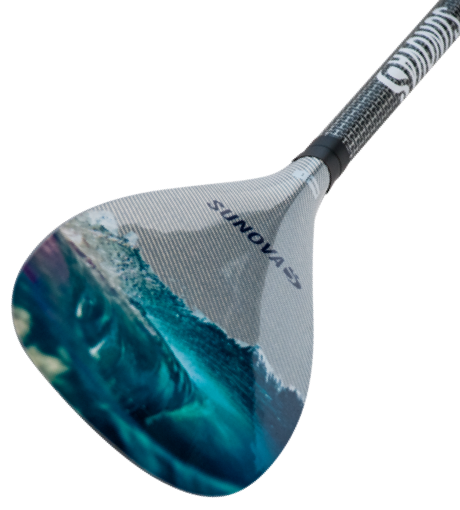Everything in one place
Pilot Mid
US$ 1,149.00
All prices are Region Specific. Thus they are not easily comparable.
Please do not take it personal if your region is more or less expensive.
There are a lot of parameters that play into those.
If you have any questions about this, please feel free to message us
thru the chat on the bottom right.
- 4'9" x 17 3/4" x 3" @32L
- 5'1" x 18" x 3 3/16" @37L
- 5'5" x 18 1/4" x 3 7/16" @43.7L
- 5'9" x 18 1/2" x 3 11/16" @51L
- 6'1" x 18 3/4" x 4" @59L
- 6'5" x 19" x 4 1/4" @68L
About the board
GENERAL GOAL | THEME OF THE BOARD:
A downwind SUP foil that gets going in all types of conditions. From flatwater paddle starts to cranking downwind bumps. This board will make it easier for you to get going in any conditions.
CONDITIONS IT'S WORKING BEST:
Any conditions downwind to flatwater. It works for it all.
SKILL LEVEL IT'S BEST FOR:
Novice to Pro. Just choose the width accordingly
Shape details summary |
Design info
Rails
Hollow, concave bevel. This helps with board tracking. Tracking is more of an issue with back footed foils that need to be placed a long way forward.
Rocker
Low rocker through the stringer, but the rails have more due to the vee and complex bottom shape. Helps the board fit into the bumps if you're paddling up on small wedges or larger ocean swells.
Bottom
Large vee in the nose blending to a flatter midsection, with vee out the tail.
Deck
We have a concave deck to get the rider as close to the foil as possible while maintaining the volume needed. It's a soft concave without any drastic edges so it doesn't trap water on the deck after takeoff.
Final Statement
This board is perfect for the experienced SUP downwind foiler, someone that is capable of using a skinny board. The vee in the nose helps paddle through the uneven surface of the ocean and not slow you down should you accidentally paddle into a chop etc. Touchdowns are no longer an issue as the water is displaced to the sides rather than grabbing onto a flatter surface.
The board has multiple rockers, helping to keep more waterline in the water when paddling up on a big bump and also helping it fit into a small wedge. A slight tail kick through the stringer, with a big vee in the tail was kept from a much earlier design. The kick in the tail looks far greater when you're looking at the rail line, this is due to the vee. As a result, the rocker is still low at the stringer, this helps with the same thing mentioned above with the nose vee. This also helps when pumping the board onto foil, and when flying, the high rail and vee shape is harder to catch when you're in a complicated ocean.










